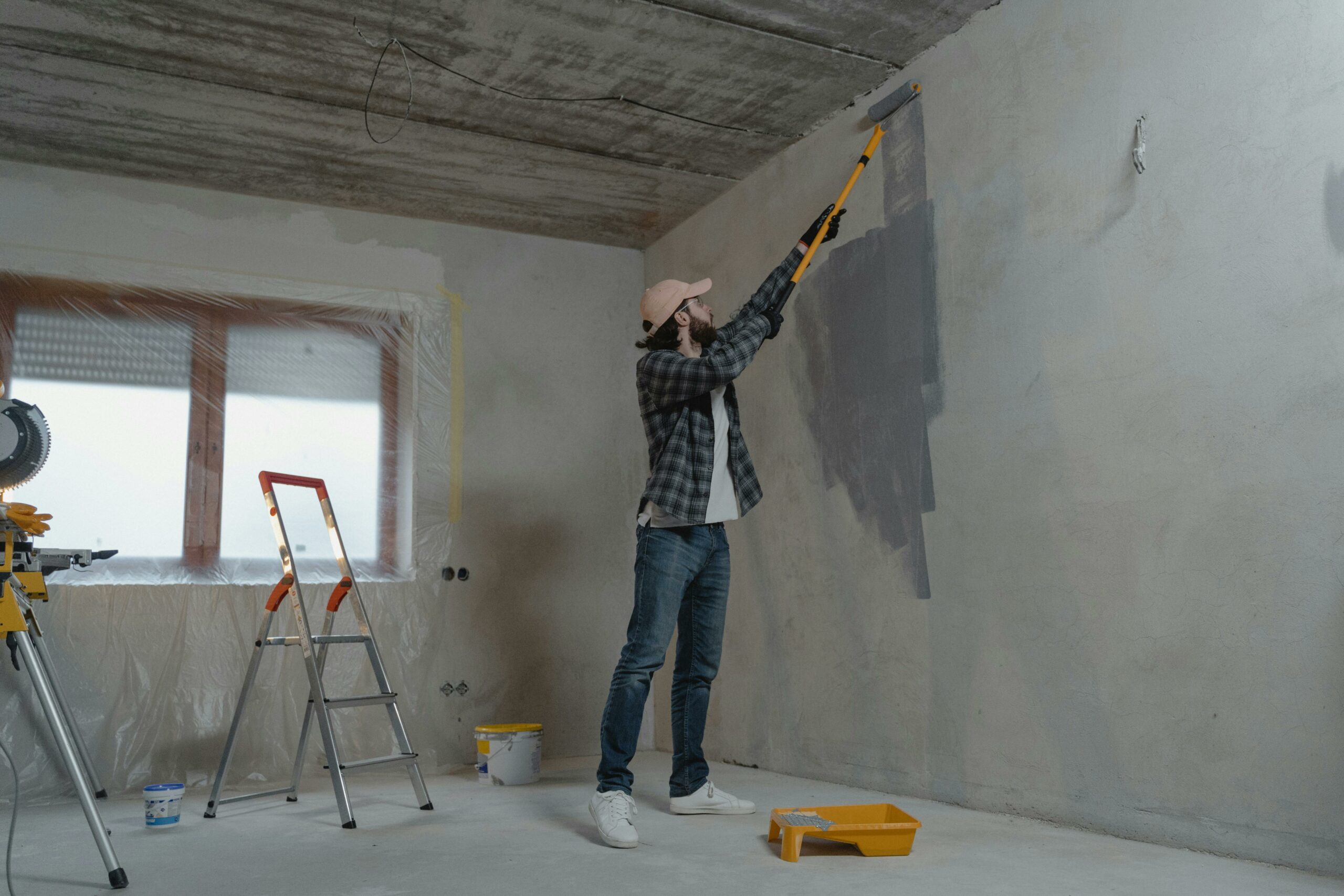The following contribution is from another author.
When we think about curb appeal, we often envision picturesque gardens, charming facades, and inviting entryways—all elements that aim to captivate potential buyers and guests. While aesthetics play a crucial role in making a property attractive, there’s another aspect that shouldn’t be overlooked: accessibility. Let’s explore why accessibility matters and how you can make your curb appeal more welcoming to all.
The traditional focus
Curb appeal has long been associated with enhancing a property’s visual appeal to entice prospective buyers. When you think of enhancing your curb appeal, the main picture is about making it more attractive and beautiful. From well-manicured lawns to vibrant flower beds, the emphasis has been on creating a visually pleasing exterior. After all, first impressions matter and a beautiful exterior can set the stage for a positive experience.
The importance of mobility and accessibility
However, amidst the focus on aesthetics, it’s crucial to consider mobility and accessibility. Making your property accessible ensures that everyone, regardless of physical ability, can navigate and enjoy your home comfortably.
Ultimately, mobility issues are affecting over 10% of the population, and it is important to note that not every individual is above 60.
Whether it’s a visitor with mobility challenges or a future homeowner requiring wheelchair access, creating an inclusive environment is essential for fostering a sense of belonging and welcome.
A smooth path
One of the key steps in enhancing accessibility is to ensure that pathways are smooth and level. This means addressing issues such as shifting or dropping concrete on driveways and patios.
Concrete can shift or drop over time due to factors like soil erosion, weather fluctuations, or inadequate installation. Professional concrete repair work can effectively sort out issues in these areas promptly. You not only improve accessibility but also prevent potential hazards.
Illuminating the way
In addition to maintaining smooth pathways, adequate feature lighting is essential for safety and accessibility. Installing sensor lighting along pathways and entryways ensures that the surroundings are well-lit, offering guidance and security, especially during nighttime visits.
Focus on illuminating pathways rather than just the garden to ensure clear visibility for all visitors.
Accessible entryways
Another aspect to consider is the accessibility of entryways, particularly front porches or steps. For those with mobility limitations, even a few steps can present a significant barrier.
You may want to consider adding ramps or lifts to make your porch more accessible and wheelchair-friendly. These options not only improve accessibility but also enhance the overall functionality and inclusivity of your home.
Beyond the basics
There are countless other transformations you can make to boost accessibility and curb appeal. From installing handrails along pathways to choosing low-maintenance landscaping options, the possibilities are endless. The key is to approach curb appeal with inclusivity in mind, ensuring that everyone feels welcome and comfortable from the moment they arrive.
Enhancing curb appeal goes beyond mere aesthetics. It’s about creating a space that is accessible, inviting, and inclusive to all. By prioritizing mobility and accessibility, you not only make your property more attractive to potential buyers but also demonstrate a commitment to creating a welcoming environment for everyone. So, whether you’re sprucing up your home for sale or simply seeking to improve its overall appeal, don’t forget to consider the importance of accessibility in making a lasting impression.























